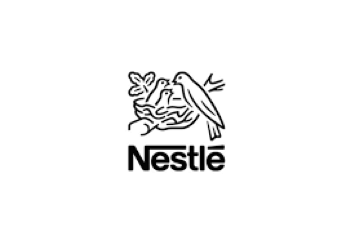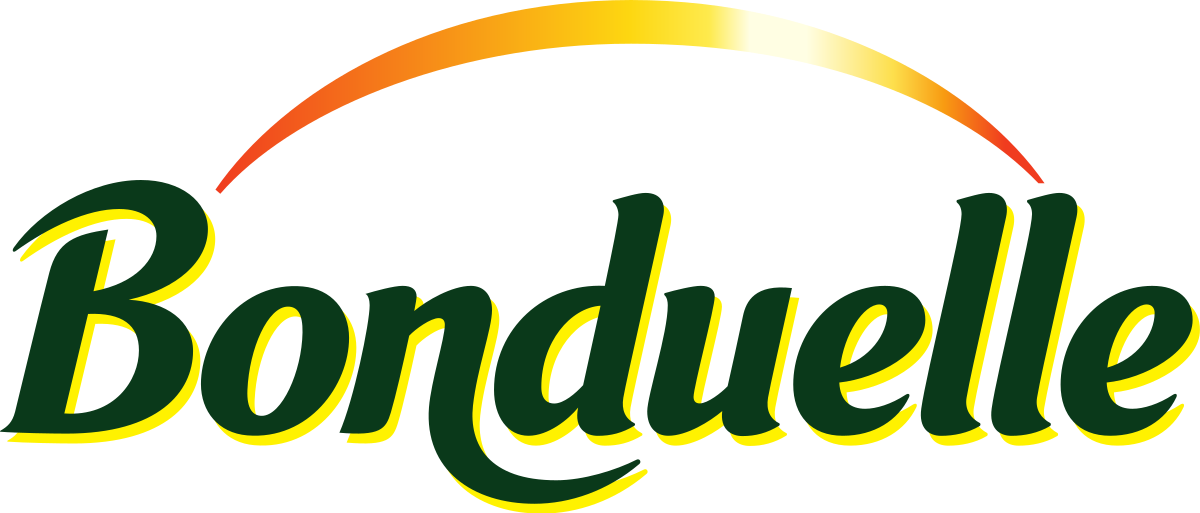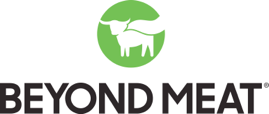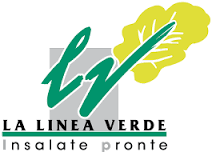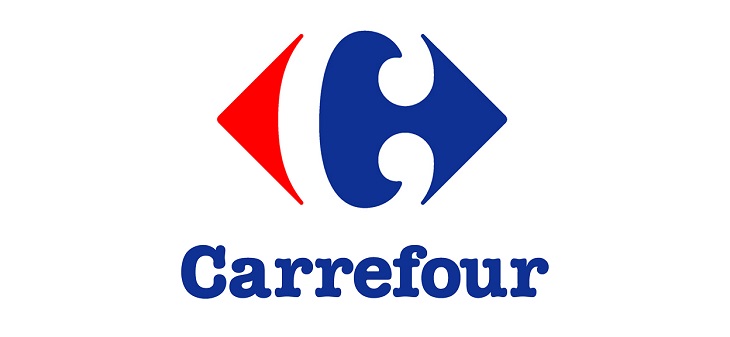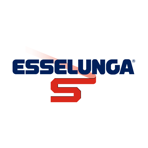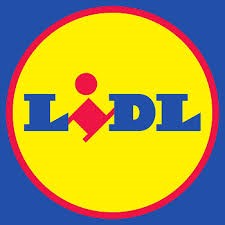Sintesi
per comprendere questo mercato
Dettaglio del contenuto
 Informazioni
Informazioni
- Pagine : 30 pags
- Formato : Versione PDF e digitale
- Ultimo aggiornamento : 02/05/2022
 Riepilogo ed estratti
Riepilogo ed estratti
1 Market Overview
1.1 Definition and presentation
The term "vegetable meat" refers to a plant-based food used as a substitute for meat that is very similar in color, smell and texture to meat. The most commonly consumed types in the market are:
-Seitan: made from wheat flours with high gluten concentrations such as semolina or durum wheat
-Wheat muscle: produced with gluten powder and legume flour
-Mopur: very similar to wheat muscle that involves the addition of yeast
Vegetable meat has the advantage of being cholesterol-free and having high levels of dietary fiber, phytosterols and lecithins.
The global vegetable meat market had grown to be worth $6.67 billion in 2020 and is expected to reach 16.7 billion in 2026. Between 2016 and 2026, this is estimated to grow at a CAGR of 16.37 percent.
At the Italian level, as stated by the Unionfood association, in the last year the market grew by 3.7 percent compared to the year 2020. This growth is justified by the fact that more and more Italians prefer vegetable meat for health reasons (76%) and ethical reasons (63%). In the year 2021, 37.9% of Italian households made vegetable meat part of their food choices, thus reaching an estimated 22 million consumers.
The market trend is to focus on research and development activities to create foods that are increasingly similar, not only in nutritional terms but also in taste and flavor, to meat with more and more raw materials. Today, vegetable meat is made from plant proteins such as legumes, but it is expected that by 2025 we will be able to use mushrooms, unicellular algae, and yeasts as raw materials. In addition, it is expected that by 2032 plant meat can be produced in the laboratory directly from animal cells.
1.2 The global market
The plant-based meat market has been booming in recent years. In ****, the value of the plant-based meat market worldwide was estimated at $*.** billion. This figure is estimated to increase steadily in the coming years and reach about **.* billion in ****. Between **** and **** this is estimated to grow at a CAGR of **.** percent. ...
1.3 The Italian market
The plant-based meat sector in Italy has been expanding rapidly in recent years. The reasons for this trend are, as we shall see, changes in consumer behavior in terms of environmental responsibility and the increase in vegetarian and vegan diets.
As for the market for plant-based products, these are expected to ...
1.4 Covid-19 Impact
The Covid -** pandemic has greatly accelerated plant-based meat consumption, both globally and in Italy.
Many of the plant-based production entities argue that the pandemic is highlighting the links between public health issues and animal meat consumption: the situation gives consumers a compelling reason to switch to plant-based foods. Given the ...
2 Demand analysis
2.1 Characteristics of the Question
Italians' appetite for plant-based and environmentally friendly food is on the rise. Generally, we can find * main drivers driving the increase in demand for plant-based meats.
-The increase in the number of vegans and vegetarians
This segment of the population is undoubtedly the one that buys vegetable meats the most. This ...
2.2 The benefits attributed to vegetable meat
Vegetable meat has several environmental, health, and ethical advantages that underlie its burgeoning success with Italian consumers
Environmental advantage
Meat consumption has a strong environmental impact. According to United Nations data, greenhouse gas emissions from the sector amount to **.* percent of the world total (***), far more than aviation or shipping, which ...
2.3 Spending Habits
Consumer habits have changed profoundly in recent years, and plant-based products play a key role in these changes. Indeed, more and more consumers have decided to turn to ***% plant-based products. If, especially in the early ****s, the consumption of these products was due to wanting to follow the "fashion" of the ...
2.4 Geographic Distribution of Demand
Geographically, it can be seen that the vegetarian diet is uniformly present throughout the peninsula with a greater prevalence in the islands and the central-north while vegans are concentrated in the northern regions and particularly in the Po Valley. The data were collected by Everli, the online grocery marketplace, at the ...
3 Market structure
3.1 Characteristics of the Italian market
The Italian vegetable meat market appears to be highly fragmented. There are some big players in the food industry that have decided to produce vegetable meat to extend and complete their vegan/food offerings. Then there are also several innovative start-ups, Italian and otherwise, that are trying to create a disruptive ...
3.2 The Production of Vegetable Meat
Vegetable meat production is a complex process that requires several crucial steps.
In addition to the rather exotic classics such as tofu, tempeh (***), more and more processed products such as veggie burgers and mince are available, which look, smell, taste, and texture like meat, but are made from plant-based ingredients.
This ...
3.3 Distribution channels
Regarding distribution channels, if we analyze sales of vegetable products by channel we can see that there is a clear predominance of supermarkets and hyperstores (***) as of **** with an estimated **% growth over the next * years. Great growth is also estimated for convenience stores, which, thanks to their low-cost offerings, are attracting ...
3.4 New supply trends
*D printed vegan meat
Scionti of Italy founded NovaMeat in ****, in Spain, to achieve a sustainable and nutritious alternative to animal products. The company's goal is to offer an alternative to burgers, nuggets or veggie patties with products that have the fibrous texture typical of steak or chicken. Using tissue engineering ...
4 Supply analysis
4.1 The different types of vegetable meat
There are several generations of meat substitutes. Each generation has brought a form of technological innovation over the previous one, with the common thread always being the desire to look more and more like animal meat.
*st generation
These are products that do not resemble animal products. They are those ...
4.2 Price Analysis
The following table provides a non-exhaustive overview of what are the most popular products in Italy.
5 Regulations
5.1 Regulation
Meat substitutes are subject to a number of regulations governing the production and transportation of food for human consumption. Therefore, the following regulations apply to the production and transportation of these food products:
Regulation (***) No. ***/**** of the European Parliament and of the Council of April **, **** on the hygiene of foodstuffs. Ordinanceof ...
5.2 Meat Sounding
In the European Union, only a product derived from slaughtered animals can be called meat. The European Novel Foods Regulation requires a technical assessment of the safety of meat analogues for humans, animals and the environment. EFSA conducts an assessment of potential nutritional, toxico- cological or allergenic hazards and recommends a ...
6 Positioning of actors
6.1 Segmentation
- Nestlé Italia
- Bonduelle Italia
- Unilever Italia
- Beyond Meat
- Redefine Meat
- Valsoia
- La Linea Verde
- Carrefour Italia
- Esselunga s.p.a
- Lidl France
 Grafica
Grafica
- Evoluzione Valore Mercato della Carne Vegetale
- Stima della quota di valore del mercato degli alimenti a base vegetale, per regione
- Valore delle vendite di prodotti vegetali
- Ripartizione vendite prodotti vegetali
- Valore Vendite di carne vegetale, per tipologia
Tutti i nostri studi sono disponibili online e in PDF
Ti invitiamo a consultare un esempio del nostro lavoro di studio su altri mercato!
Aziende citate in questo studio
Questo studio contiene un panorama completo di società di mercato con le ultime cifre e le notizie di ogni azienda :
 Perché Scegliere Questo Studio :
Perché Scegliere Questo Studio :
Accedi a più di 35 ore di lavoro
I nostri studi sono il risultato di oltre 35 ore di ricerca e analisi. L'uso dei nostri studi ti consente di dedicare più tempo e aggiungere valore ai tuoi progetti.
Approfitta di 6 anni di esperienza e oltre 1.500 studi settoriali già prodotti
La nostra competenza ci consente di produrre studi completi in tutti i settori, inclusi i mercati di nicchia o emergenti.
Il nostro know-how e la nostra metodologia ci consentono di produrre studi con un valore unico di denaro
Accedi a diverse migliaia di articoli e dati a pagamento
BusinessCoot ha accesso all'intera stampa economica a pagamento e ai database esclusivi per svolgere studi di mercato (+ 30.000 articoli privati e fonti).
Al fine di arricchire i nostri studi, i nostri analisti utilizzano anche indicatori Web (semrush, tendenze, ecc.) Per identificare le tendenze in un mercato e strategie aziendali. (Consulta le nostre fonti a pagamento)
Supporto garantito dopo l'acquisto
Una squadra dedicata al servizio post-vendita, per garantirti un alto livello di soddisfazione. +39 380 247 7810
Un formato digitale progettato per i nostri utenti
Accedi a un PDF ma anche una versione digitale per i nostri clienti. Questa versione consente di accedere a fonti, dati in formato Excel e grafica. Il contenuto dello studio può quindi essere facilmente recuperato e adattato per i tuoi supporti.
 Le nostre offerte :
Le nostre offerte :
the vegetable meat market | Italy
- Quali sono i dati relativi alle dimensioni e alla crescita del mercato?
- Cosa sta influenzando l'andamento e l'evoluzione del mercato?
- Qual'è il posizionamento degli attori di mercato?
- Segmentazione e profilo delle aziende operanti nel mercato
- Dati e numeri da una molteplicità di fonti
Pacchetto di 5 studi (-15%) IT Italy
- 5 rapporti a 75,6 € IVA esclusa per studio da scegliere dal nostro catalogo italiano per 12 mesi
- Risparmiare il 15% sugli studi aggiuntivi acquistati
- Scegliere il rimborso del credito non utilizzato al termine dei 12 mesi (durata del pacchetto).
Consulta i termini e le condizioni del pack e del rimborso del credito non utilizzato.





